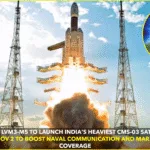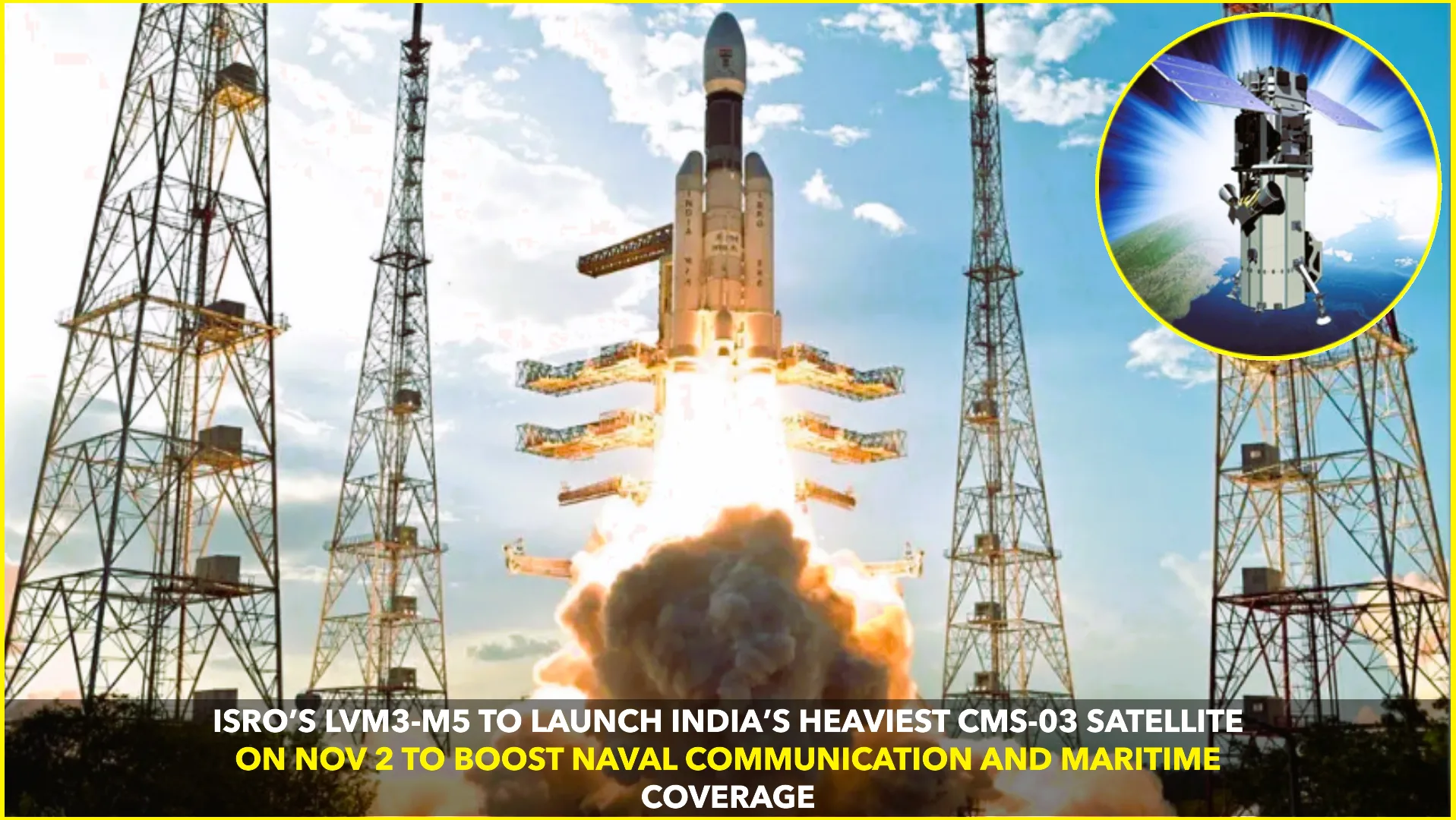Chennai, July, 2025 — India is set to emerge as a developed nation in the field of space by 2040 and will launch its own independent space station by 2035, according to V. Narayanan, the newly appointed Chairman of the Indian Space Research Organisation (ISRO).
Speaking at the inauguration of the O-ARM, a stealth technology medical equipment at Kauvery Hospital in Chennai on Wednesday, Narayanan laid out ISRO’s ambitious roadmap for the coming decades.
“By 2040, India will be among the developed countries in space research. We are working to launch a 52-tonne Indian space station by 2035,” he said.
He further revealed that work is underway to develop a massive next-generation rocket — the size of a 40-story building — capable of carrying humans into space.
Human Spaceflight and Beyond
The ISRO chairman’s remarks follow the successful milestones of the Chandrayaan and Gaganyaan missions, and come at a time when India is making rapid advancements in space science, satellite launches, and commercial space services.
According to Narayanan, the space station will be fully indigenous and support long-duration stays by Indian astronauts. The 52-tonne orbital platform will serve as a hub for scientific experiments, advanced research, and international collaboration.
The space station will enable India to build self-reliance in low Earth orbit (LEO) operations and compete with the United States’ ISS, China’s Tiangong, and potential future platforms from private players like SpaceX.
Rocket the Size of a Skyscraper
“We are currently developing a new heavy-lift launch vehicle,” Narayanan added. “This rocket will be as tall as a 40-story building and will be capable of carrying large payloads, including crewed modules, to the space station and beyond.”
This massive rocket is expected to be critical not only for human missions but also for interplanetary exploration, including proposed missions to Mars and Venus.
India’s Growing Space Ambitions
India’s space budget has seen a steady increase over the years, with a focus on commercialization, private sector participation, and global collaboration. The success of Chandrayaan-3 and Aditya-L1 has already positioned India as a leader in low-cost, high-efficiency space missions.
With the Gaganyaan crewed mission scheduled for 2025-26, ISRO is steadily building the capability for independent human spaceflight, which will be a prerequisite for operating its own space station.
Narayanan emphasized that these goals align with Prime Minister Narendra Modi’s vision to see India as a major spacefaring nation by 2040.
“The mission is not just scientific, but strategic. It will elevate India’s status globally and inspire generations of scientists,” he said.
Source:
The Hindu – “India will be developed nation in space by 2040, says ISRO chairman”
(https://www.thehindu.com/news/national/tamil-nadu/india-will-be-developed-nation-in-space-by-2040-says-isro-chairman/article68623675.ece)










